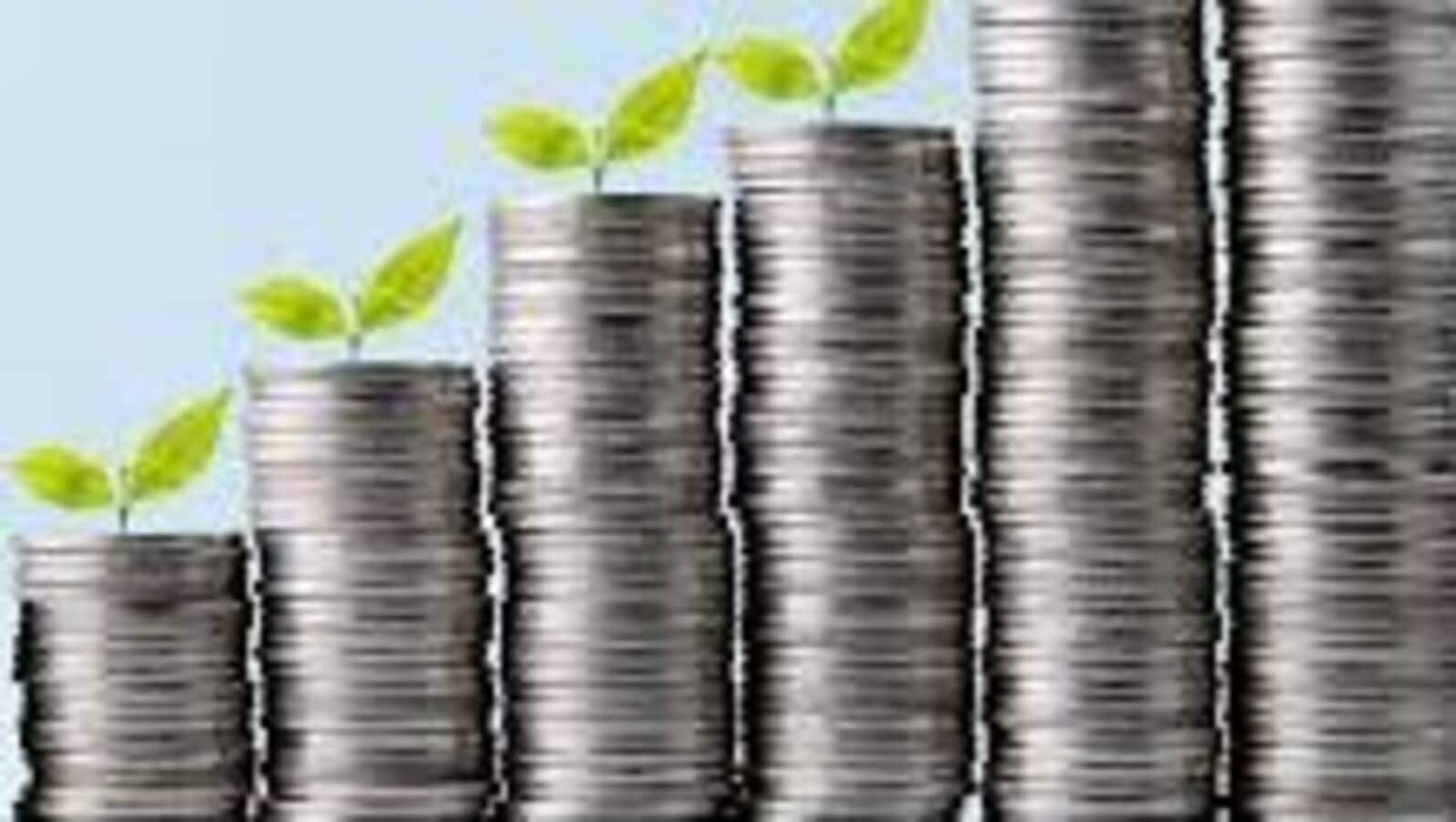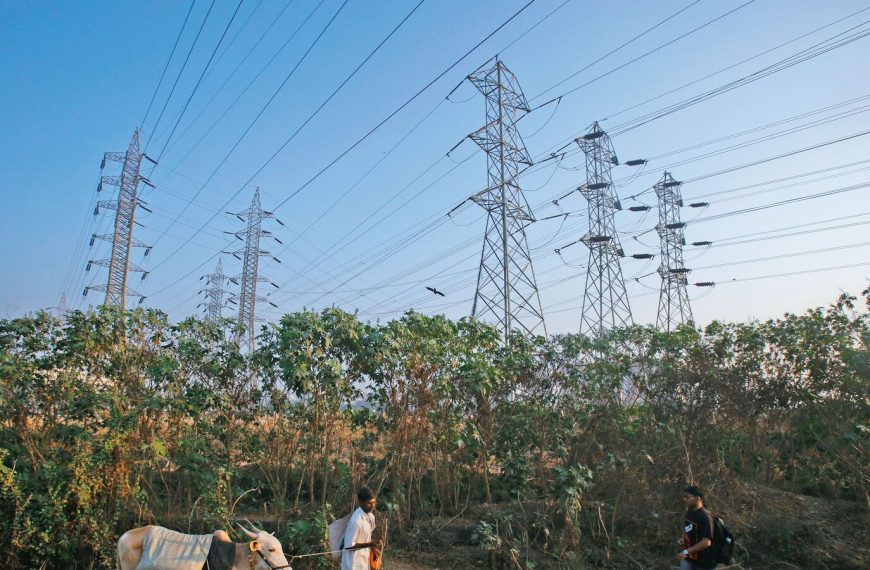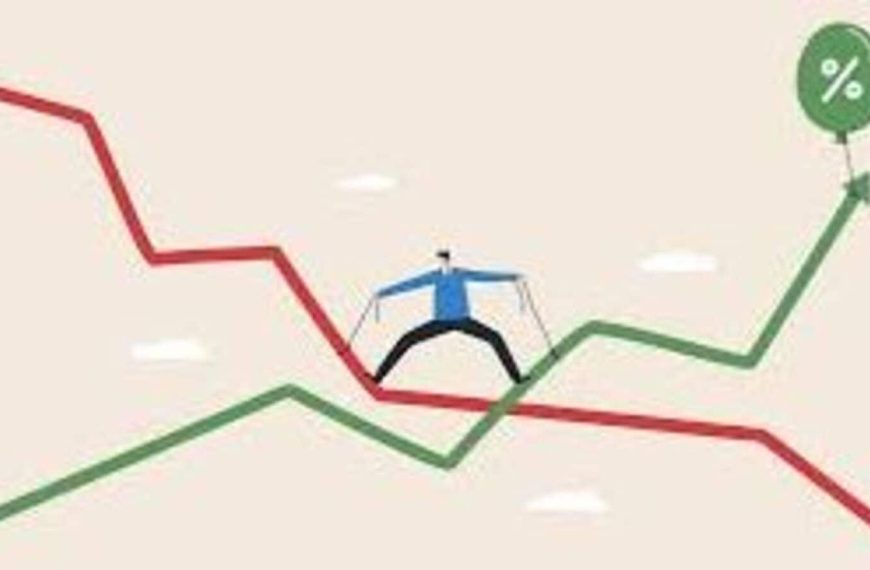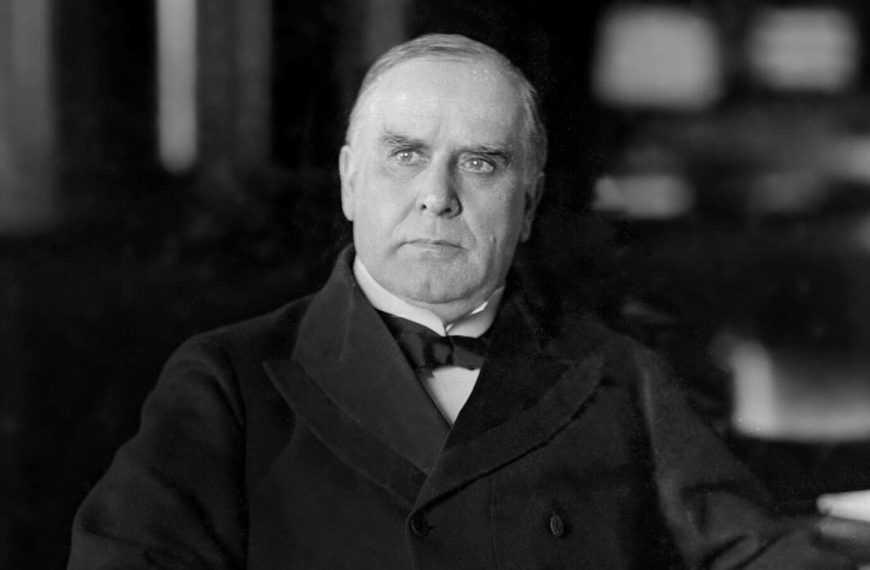U.S. Consumer Spending Shows Modest Growth Amid Rising Inflation Fears
In February, U.S. consumer spending saw a modest increase of 0.4%, falling short of expectations. This uptick comes alongside a notable rise in key inflation indicators, heightening concerns over the economy’s trajectory amid escalating trade tensions. With inflation expectations surging, the economic outlook appears more uncertain, raising alarms about potential stagflation.
Consumer Spending Trends
The latest data from the Commerce Department indicates that consumer spending has risen slightly, recovering from a 0.3% decline in January. While economists had predicted a 0.5% increase, the actual results reflect a more cautious consumer sentiment. Major contributors to this growth included:
- 1.4% surge in spending on durable goods, such as vehicles, furniture, and recreational equipment.
- Increased expenditures on nondurable items like food and beverages.
However, discretionary spending has taken a hit, with a mere 0.2% increase in service spending. Notably, the hospitality sector experienced a 15% drop in revenues from restaurants and hotels, indicating a shift in consumer behavior as they navigate economic uncertainties.
Rising Inflation Concerns
Inflationary pressures are becoming more pronounced, with the PCE price index climbing 0.3% in February, matching the previous month’s rise. Year over year, this index shows a 2.5% increase. The core PCE inflation, which excludes volatile food and energy prices, also escalated by 0.4%, the largest monthly increase since January 2024.
- Yearly core inflation now sits at 2.8%, up from 2.7% in January.
- Consumers’ inflation expectations have surged, with a 5% anticipated increase over the next year, the highest since late 2022.
Impact of Trade Policies
Experts attribute some of these inflationary trends to the trade policies initiated by the Trump administration, particularly the recent 25% tariffs on imported vehicles. Economists warn that these tariffs could exacerbate inflation and dampen overall economic growth. Federal Reserve Chair Jerome Powell acknowledged that rising prices may be linked to tariff impacts, cautioning that the economic landscape could become more challenging.
Market Reactions
In response to these developments, U.S. stock markets experienced declines, and the dollar weakened against other currencies. Treasury yields also fell, reflecting investor concerns over the economic outlook. With retaliatory measures expected from trade partners, the potential for a recession looms.
Future Projections
Looking ahead, analysts have adjusted their forecasts for economic growth. Goldman Sachs has revised its GDP growth estimate down to 0.6%, while the Atlanta Fed predicts a contraction of 2.8%. The signs suggest that consumer spending could stall in the upcoming quarter, emphasizing the need for policymakers to address inflation and trade dynamics actively.
As the economic landscape evolves, consumers and businesses alike must prepare for a period of heightened uncertainty, balancing spending habits with inflationary pressures. The interplay of these factors will be crucial in shaping the U.S. economy in the months to come.











